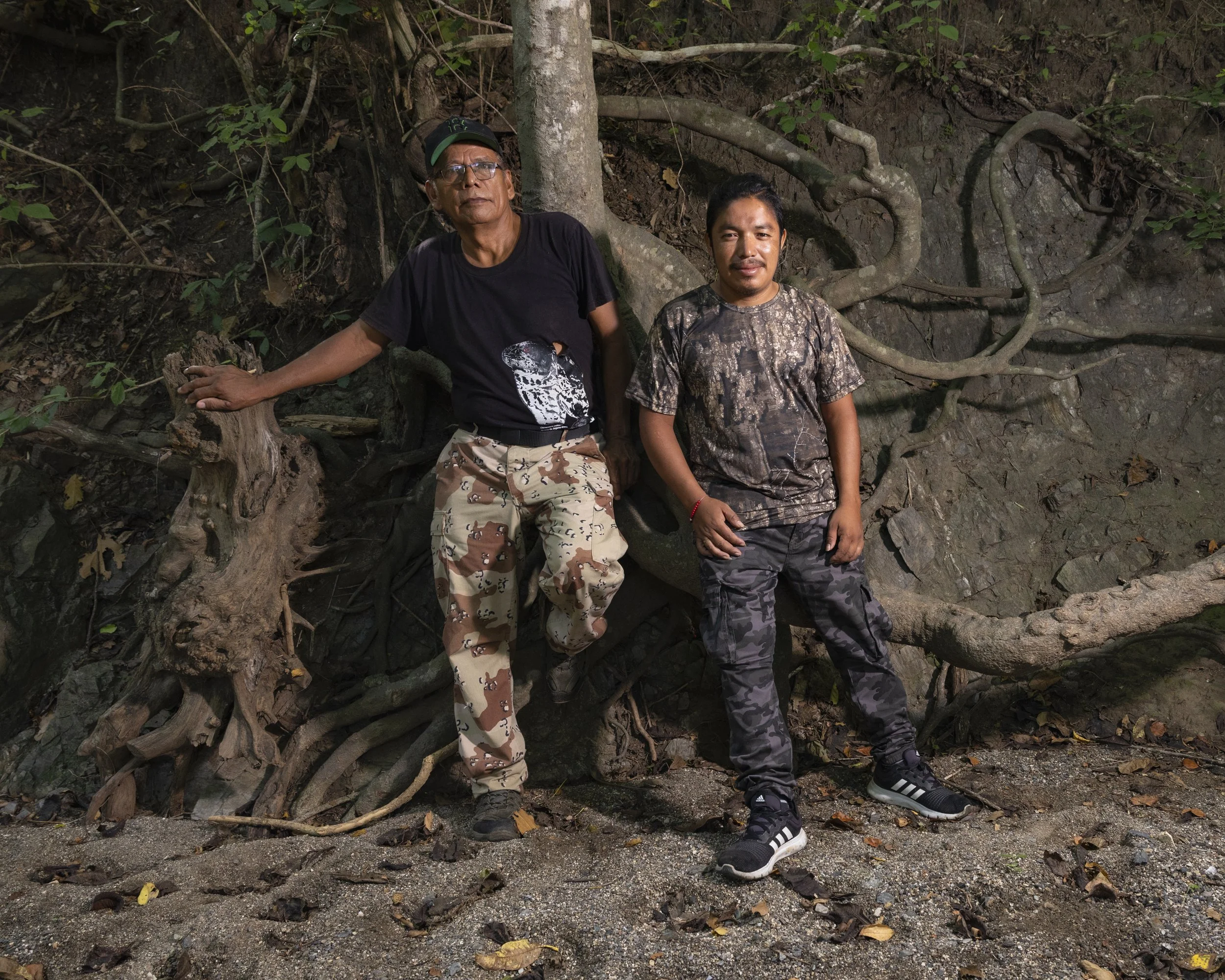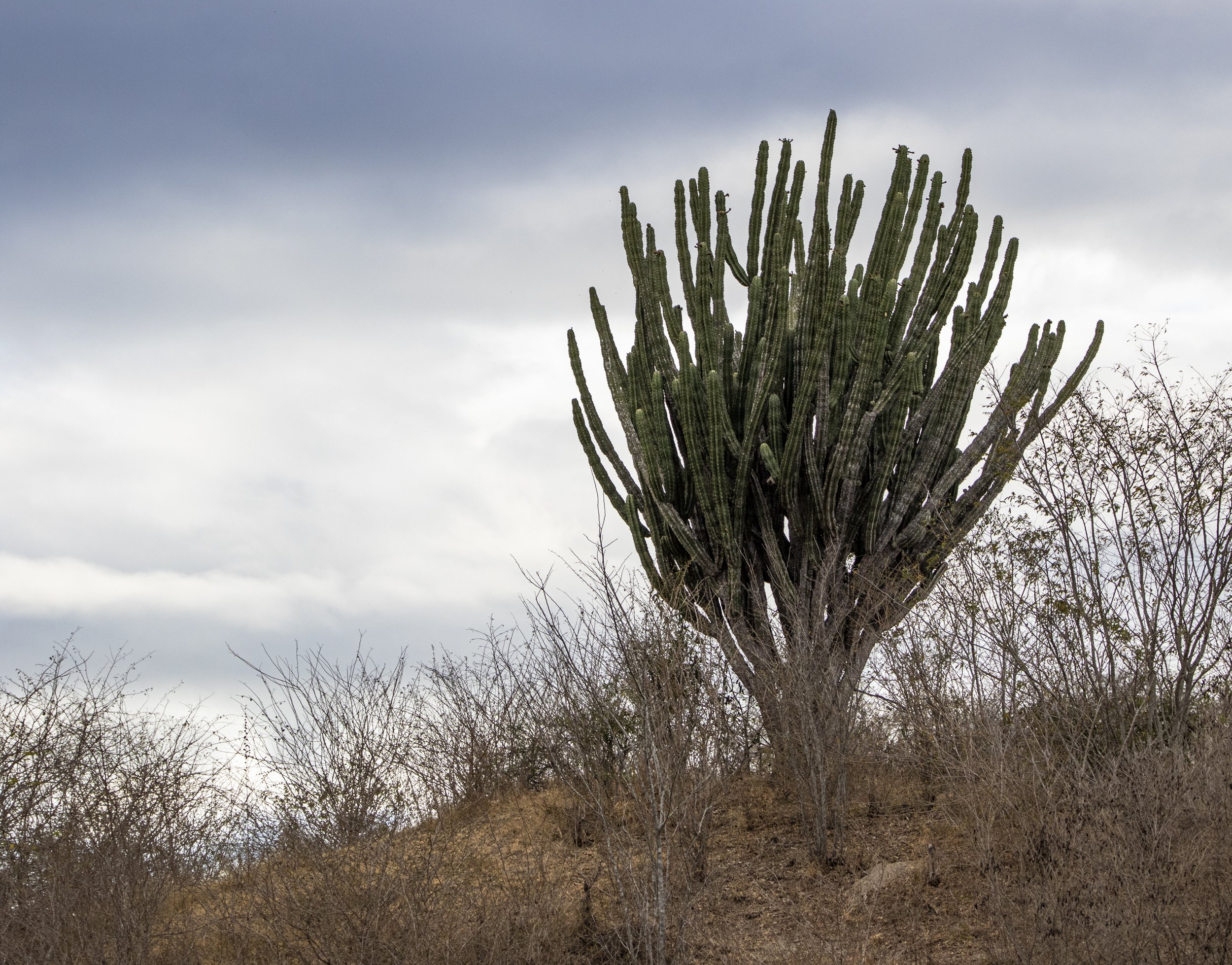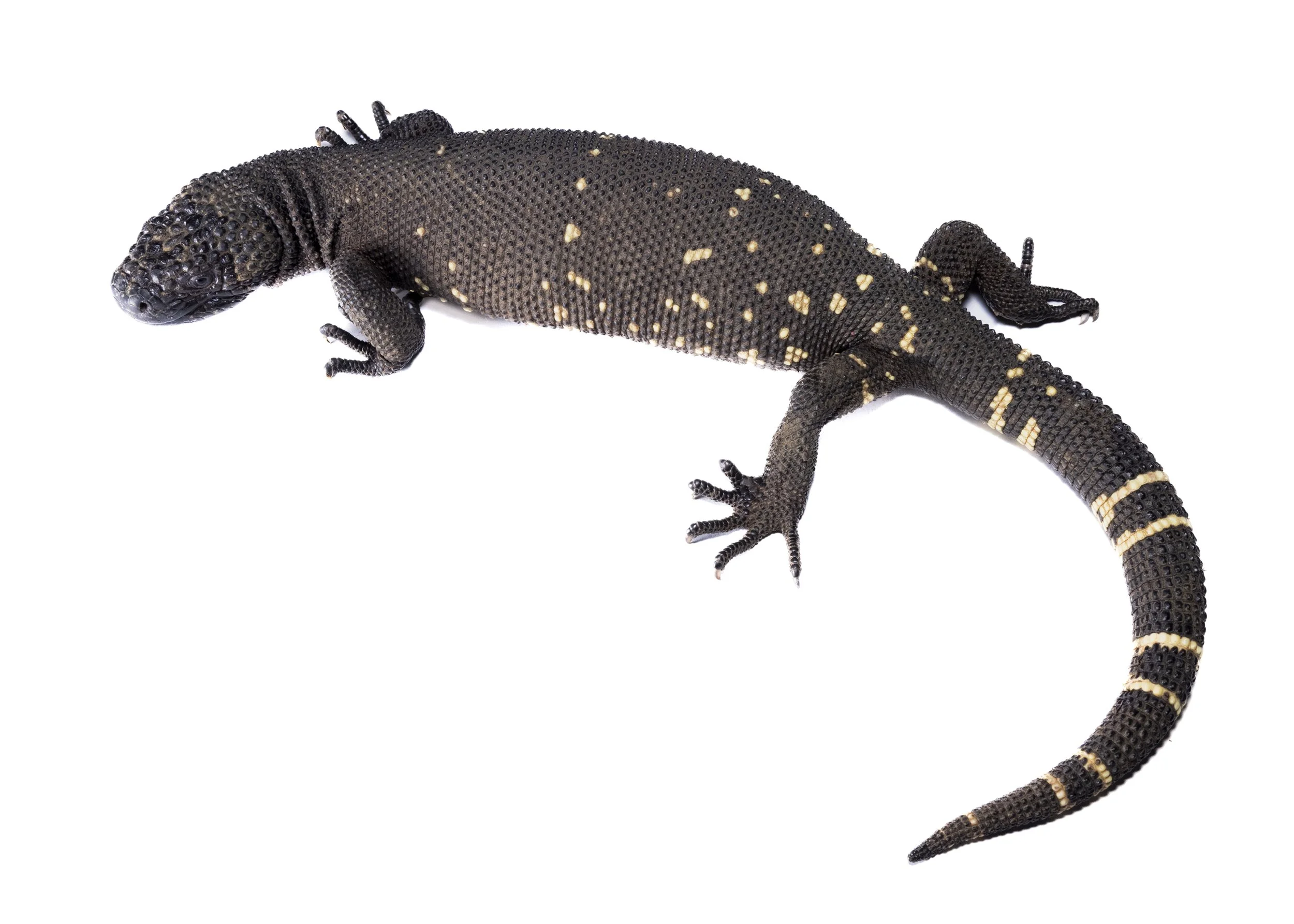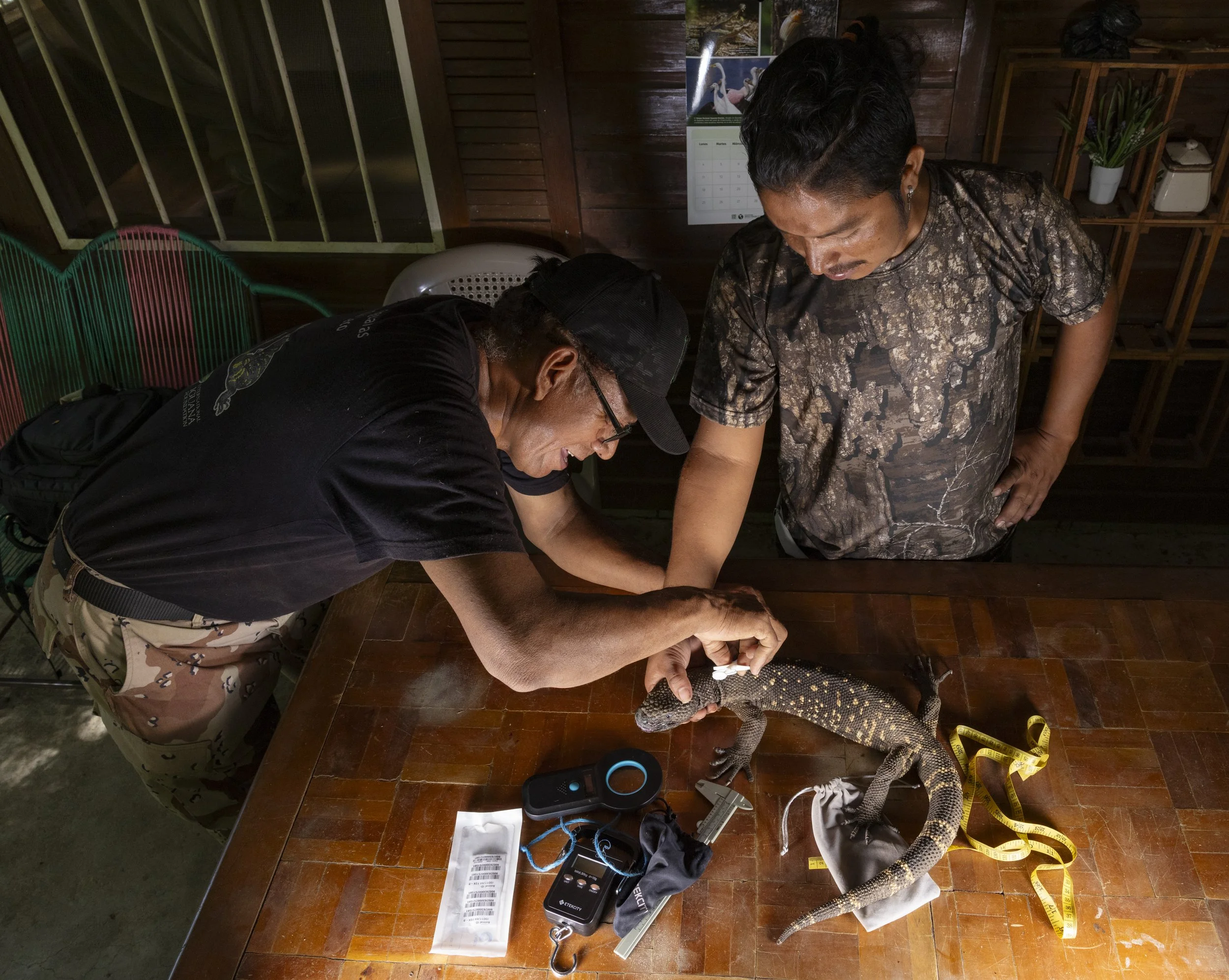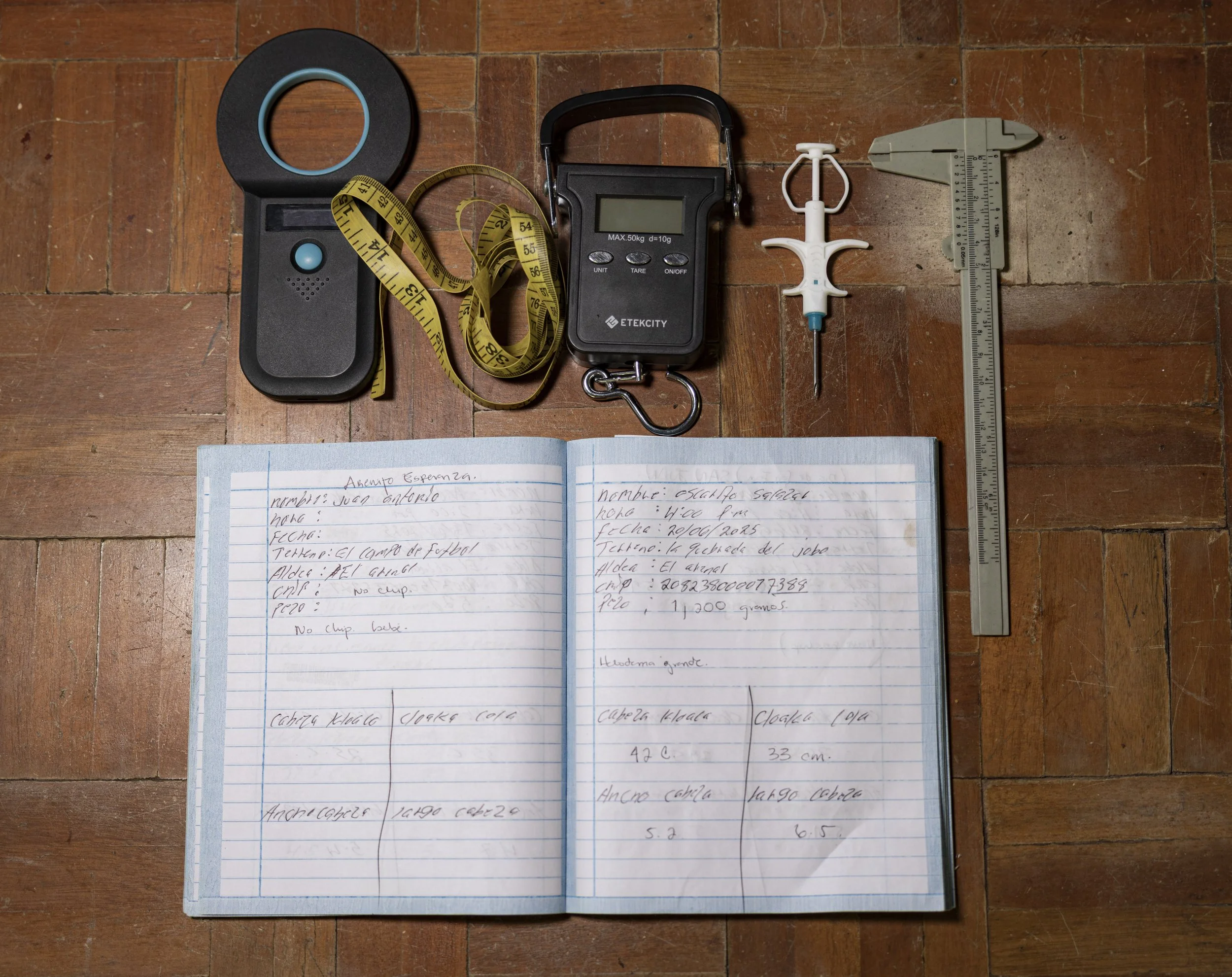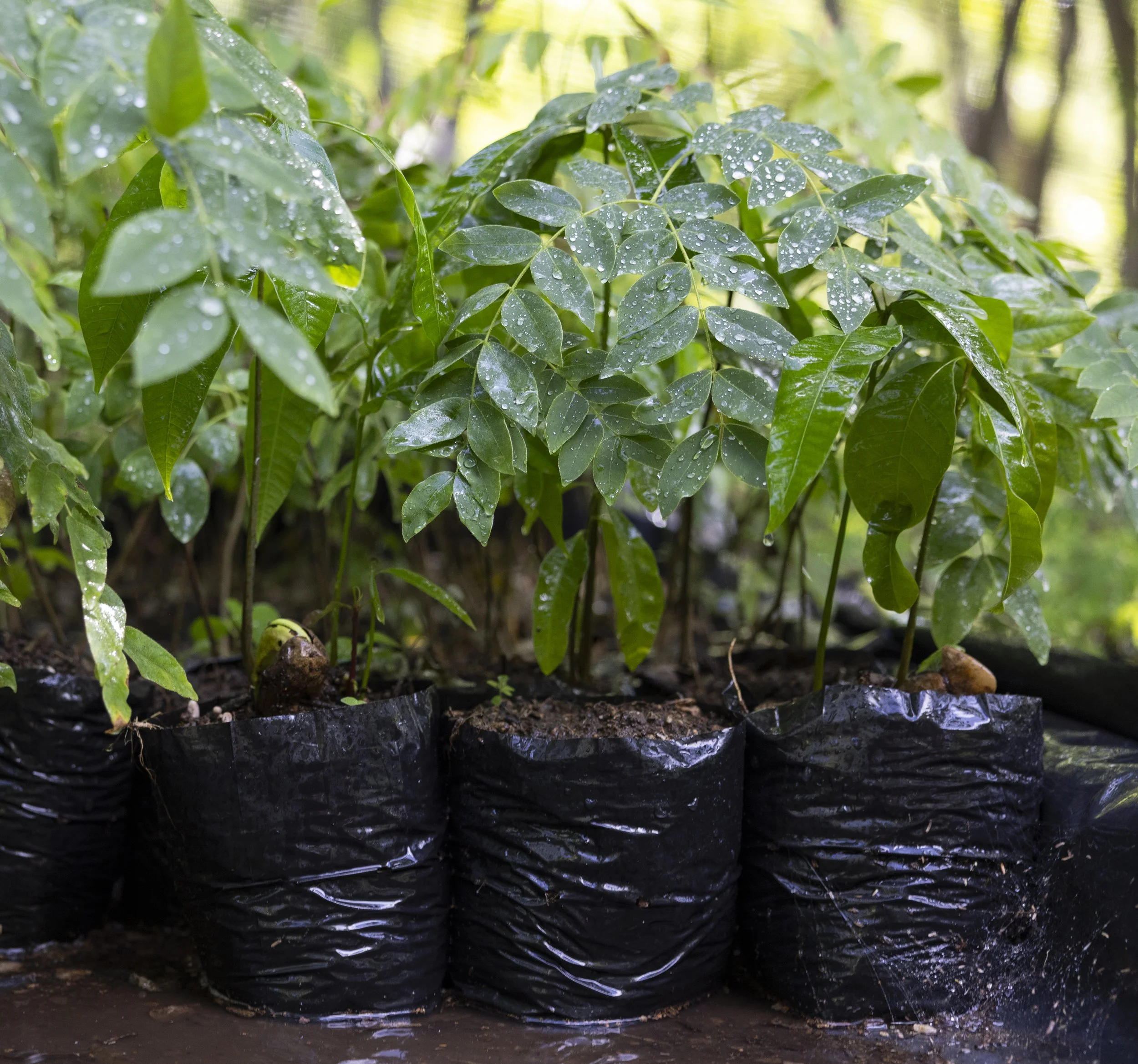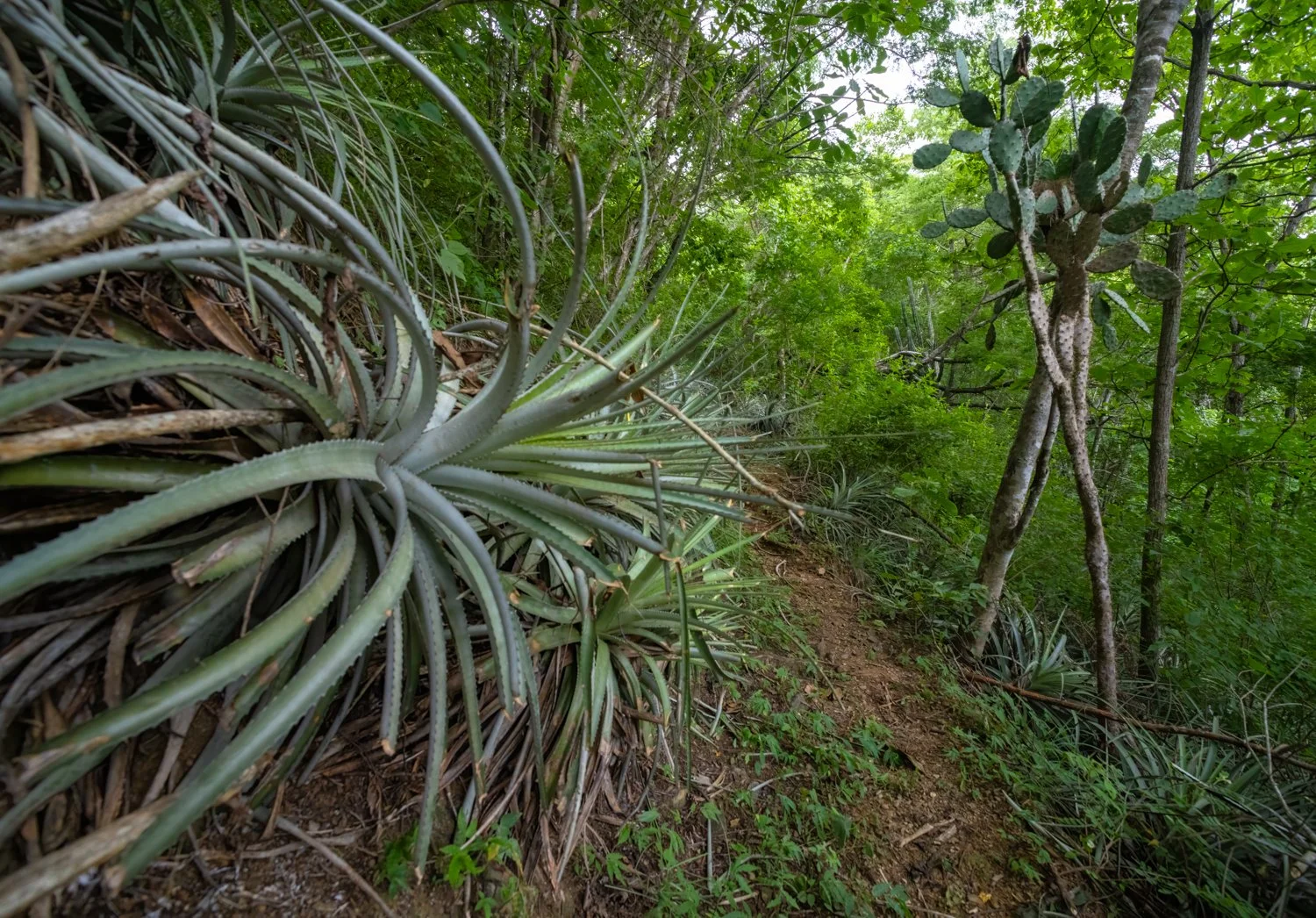
Heloderma Natural Reserve
The Seasonal Dry Forest of Guatemala is a critical ecosystem for endemism and the conservation of species native to the dry forest in Guatemala. One of them, is the endangered species: Guatemalan Beaded Lizard (Heloderma charlesbogerti). The Heloderma Natural Reserve has worked for years alongside key rangers, such as Gilberto Salazar to conserve this species and the entire biodiversity of the ecosystem. Over time, Don Gilberto became one of the most important conservationists in the region, and thanks to his efforts, the "Beaded Lizard" continues to thrive in Guatemala’s Dry Forest.
-

Gilberto Salazar
Don Gilberto Salazar, ranger of the Heloderma Natural Reserve in Guatemala. For more than two decades, he has dedicated his life to protecting the critically endangered Guatemalan Beaded Lizard (Heloderma charlesbogerti). His knowledge of the forest and unwavering commitment make him one of the key guardians of this fragile ecosystem.
The Guatemalan beaded Lizard (Heloderma charlesbogerti) is an endemic and endangered species of Valley of Motagua Guatemala.
This species was on the brink of extinction, with fewer than 200 individuals in the wild 20 years ago. Today, thanks to conservation efforts and community work, the population has recovered to more than 500 individuals.
Tracking chips are an essential tool in the conservation of the species, allowing researchers to identify and monitor individual lizards throughout their lives. By implanting a small microchip under the skin, each animal can be recognized during future encounters without the need for physical markings or invasive procedures. This Telemetry technology provides crucial data on population size, movement patterns, and habitat use, information that helps assess the health of wild populations and the effectiveness of conservation actions. In regions where Heloderma faces threats such as habitat loss and illegal collection, long-term monitoring through microchipping becomes vital to understanding the species’ dynamics and guiding evidence-based protection strategies. The work carried out by Don Gilberto and Franklin plays a key role in making this possible.
Tracking chips are an essential tool in the conservation of the species, allowing researchers to identify and monitor individual lizards throughout their lives. By implanting a small microchip under the skin, each animal can be recognized during future encounters without the need for physical markings or invasive procedures. This Telemetry technology provides crucial data on population size, movement patterns, and habitat use, information that helps assess the health of wild populations and the effectiveness of conservation actions. In regions where Heloderma faces threats such as habitat loss and illegal collection, long-term monitoring through microchipping becomes vital to understanding the species’ dynamics and guiding evidence-based protection strategies. The work carried out by Don Gilberto and Franklin plays a key role in making this possible.
Gilberto, Axelito, and Franklin, three different generations but with the same passion, protect their land and nature; the seasonally dry forest of Guatemala. Their commitment spans years of monitoring, conservation, and community engagement, ensuring the preservation of both wildlife and the local ecosystem for future generations.
Don Gilberto holds a telemetry antenna, a key tool used to track the movements of chip-tagged beaded lizards in the dry forest.
Local native trees that will be given to nearby communities for the reforestation of the habitat around the reserve.
Don Gilberto in a meeting with the COCODEs (Community Development Councils), local organizations that represent communities and are responsible for planning, coordinating, and managing development and support projects.
Don Gilberto’s motorcycle, in the nearest town of the reserve.
Coiled Black-banded Cat-eyed Snake (Leptodeira nigrofasciata), captured in its natural habitat at the Reserve.
A tiger tarantula (Davus sp.), one of the many nocturnal inhabitants of Guatemala’s dry forests.
Don Gilberto holds a telemetry antenna, a key tool used to track the movements of chip-tagged beaded lizards in the dry forest.
Local native trees that will be given to nearby communities for the reforestation of the habitat around the reserve.
Don Gilberto in a meeting with the COCODEs (Community Development Councils), local organizations that represent communities and are responsible for planning, coordinating, and managing development and support projects.
Don Gilberto’s motorcycle, in the nearest town of the reserve.
Coiled Black-banded Cat-eyed Snake (Leptodeira nigrofasciata), captured in its natural habitat at the Reserve.
A tiger tarantula (Davus sp.), one of the many nocturnal inhabitants of Guatemala’s dry forests.
“I was in charge of telemetry here in the community when the studies first began. Back then, we were tracking seven beaded lizards, each with a transmitter, to understand how much land they needed to live and how far they moved.”
— Gilberto Salazar
Locally known as Piña de Coche (Hechtia guatemalensis) is a terrestrial bromeliad endemic to the dry forests of eastern Guatemala, particularly the Motagua Valley. Adapted to arid, rocky environments, it provides crucial microhabitats that retain humidity and offer shelter for some animals. The plant plays an important ecological role for the Guatemalan Beaded Lizard (Heloderma charlesbogerti), which often uses it for refuge and thermoregulation, making Hechtia guatemalensis an essential component of this endangered reptile’s habitat.
Locally known as Piña de Coche (Hechtia guatemalensis) is a terrestrial bromeliad endemic to the dry forests of eastern Guatemala, particularly the Motagua Valley. Adapted to arid, rocky environments, it provides crucial microhabitats that retain humidity and offer shelter for some animals. The plant plays an important ecological role for the Guatemalan Beaded Lizard (Heloderma charlesbogerti), which often uses it for refuge and thermoregulation, making Hechtia guatemalensis an essential component of this endangered reptile’s habitat.

